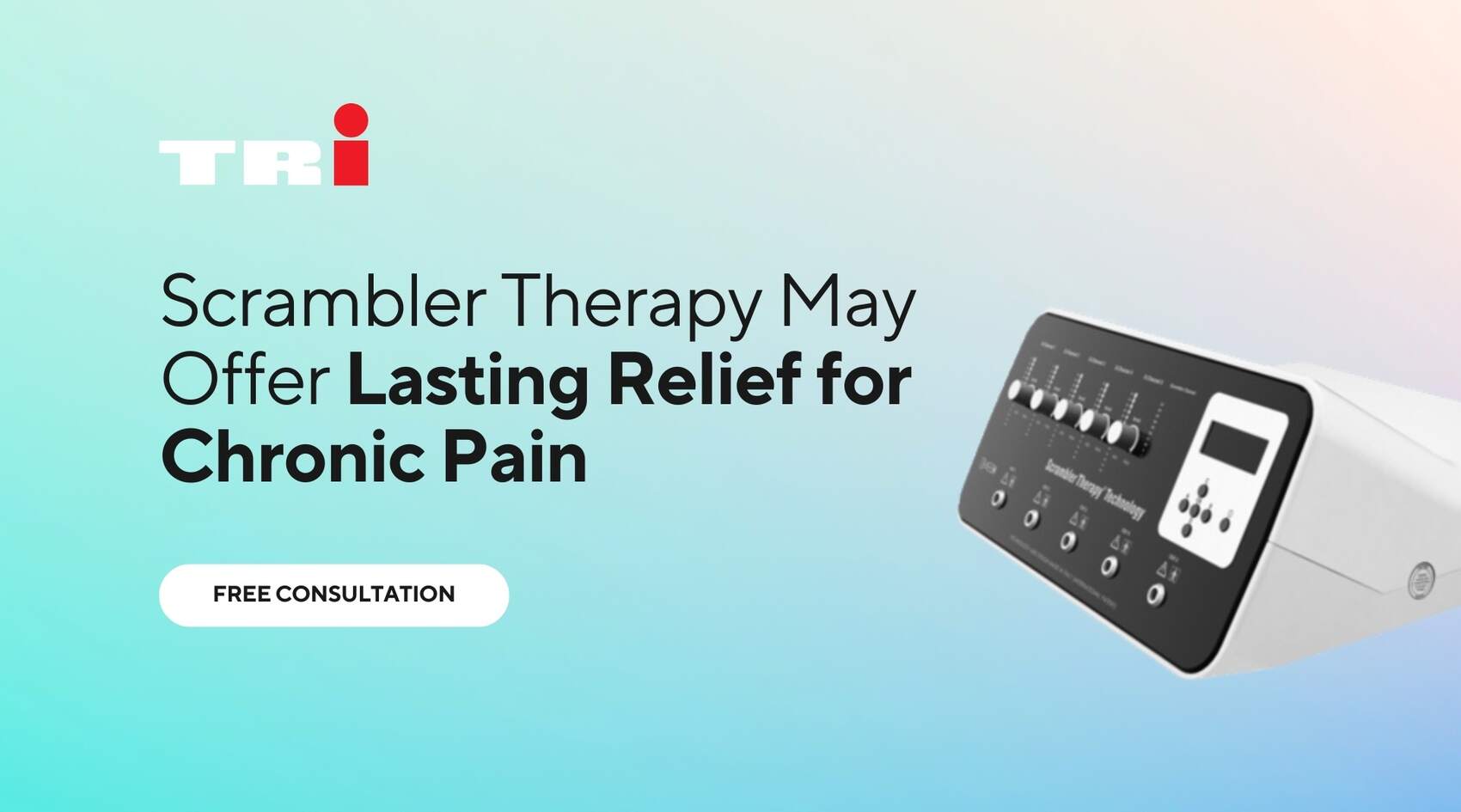Living with nerve pain can feel like a never-ending struggle. It often continues long after an injury has healed or for reasons that are hard to pinpoint. For many people, this type of pain is chronic, frustrating, and difficult to manage. Traditional treatments like medications, physical therapy, or even surgery may not always bring the relief people are hoping for. That’s where Scrambler Therapy comes in—a new and promising solution now offered at many modern pain centers.
In this article, we’ll break down what Scrambler Therapy is, how it works, and why it’s changing the way doctors and patients think about chronic nerve pain.
What Is Nerve Pain?
Before we dive into the therapy itself, it’s helpful to understand nerve pain, also known as neuropathic pain. This kind of pain happens when nerves are damaged or not working properly. Unlike pain from a cut or a broken bone, nerve pain doesn’t come from an outside injury—it comes from within the nervous system.
Common causes of nerve pain include:
-
Diabetes (diabetic neuropathy)
-
Chemotherapy treatments (chemo-induced neuropathy)
-
Shingles (postherpetic neuralgia)
-
Complex Regional Pain Syndrome (CRPS)
-
Back injuries
-
Surgery or trauma
People with nerve pain often describe it as burning, stabbing, shooting, or electric-like. Sometimes even a light touch or cool breeze can feel unbearable.
What Is Scrambler Therapy?
Scrambler Therapy, also called Calmare® Therapy, is a non-invasive, drug-free treatment that aims to “retrain” the brain to stop feeling chronic nerve pain. It was developed in Italy by Professor Giuseppe Marineo and has been gaining attention worldwide.
The name “Scrambler” comes from how the treatment works: it scrambles the pain signals being sent to the brain and replaces them with non-pain information. Imagine your nerves are sending out a loud, nonstop pain alarm. Scrambler Therapy works like a reset button, quieting that alarm.
How Does It Work?
Scrambler Therapy uses a machine that looks a bit like a TENS unit, but it works differently. The device sends electrical signals through small electrodes placed on the skin. These signals are carefully designed to mimic the same type of messages that healthy nerves would send to the brain.
Here’s a step-by-step explanation:
-
Placement of Electrodes: A trained technician or doctor places electrodes near, but not directly on, the area of pain. These spots are chosen based on where healthy nerves can send “normal” signals.
-
Signal Transmission: The Scrambler device sends low-level electrical pulses that carry non-pain messages.
-
Rewiring the Brain: These messages travel through the nerve pathways to the brain, replacing the usual pain signals with messages that say, “There’s no pain here.”
-
Relief Over Time: After several sessions, the brain may start to “believe” this new message, reducing or even eliminating chronic pain.
Each session lasts about 30 to 45 minutes. Patients often report a reduction in pain during or immediately after the first few sessions. A full course of treatment usually includes 10 to 12 sessions over a two-week period.
Why Is It Different from Other Treatments?
Many treatments for chronic pain focus on blocking pain or dulling it with medication. While that can help some people, it doesn’t always fix the problem—and drugs can come with side effects or risk of addiction.
Scrambler Therapy is different because:
-
It’s non-invasive (no surgery or needles)
-
It doesn’t use any medications
-
There are no known long-term side effects
-
It works with your body’s own nervous system
-
Relief can last for months or longer after treatment
Unlike opioids or antidepressants often used for nerve pain, Scrambler Therapy targets the pain at the source—by changing how the nervous system processes pain.
What Conditions Can It Help?
Scrambler Therapy is being used in pain centers around the world to treat several kinds of nerve pain, including:
-
Peripheral neuropathy (especially from diabetes or chemotherapy)
-
Post-surgical nerve pain
-
CRPS (Complex Regional Pain Syndrome)
-
Phantom limb pain
-
Shingles-related pain
-
Sciatica and radiculopathy
-
Back and neck pain from nerve compression
It’s important to note that Scrambler Therapy isn’t a cure for the condition causing the pain, but it can significantly reduce the sensation of pain itself, helping people enjoy daily life again.
What to Expect at a Pain Center Offering Scrambler Therapy
If you’re considering Scrambler Therapy, your first step is to visit a qualified pain center that specializes in this treatment. Here’s what the process might look like:
-
Initial Evaluation: A pain specialist will review your medical history, current symptoms, and previous treatments.
-
Treatment Plan: If you’re a good candidate, the doctor will create a personalized plan for your therapy sessions.
-
Daily Visits: Most people visit the pain center daily for about two weeks.
-
Pain Tracking: Your pain levels will be monitored to see how well the therapy is working.
-
Maintenance: Some patients return for occasional booster sessions if pain returns months later.
The treatment is usually very comfortable. Most patients describe the sensation as a mild tingling or massage-like feeling—not painful at all.
Who Is a Good Candidate?
Scrambler Therapy is ideal for people with chronic nerve pain that hasn’t responded well to other treatments. However, it may not be suitable for everyone. You should avoid this therapy if you:
-
Have a pacemaker or certain other implanted devices
-
Are pregnant
-
Have uncontrolled epilepsy
Always consult with a pain center specialist to determine if this therapy is right for you.
How Long Do the Effects Last?
One of the most exciting things about Scrambler Therapy is that the pain relief can last for months—even years—for some patients. Others may need occasional “booster” sessions. The key is that the therapy helps change how your brain interprets pain, not just mask it temporarily.
According to research studies and real-world reports, many patients experience:
-
50% to 80% reduction in pain
-
Improved sleep
-
Less need for medication
-
Better quality of life
Final Thoughts
Chronic nerve pain can take over your life, but treatments like Scrambler Therapy offer a new path forward. By working with your body’s own nervous system and retraining the brain to stop interpreting pain signals, this innovative therapy is helping thousands of people find lasting relief.
If you’ve tried everything and are still struggling with nerve pain, consider visiting a pain center that offers Scrambler Therapy. You might find that the pain-free life you’ve been hoping for is finally within reach.



